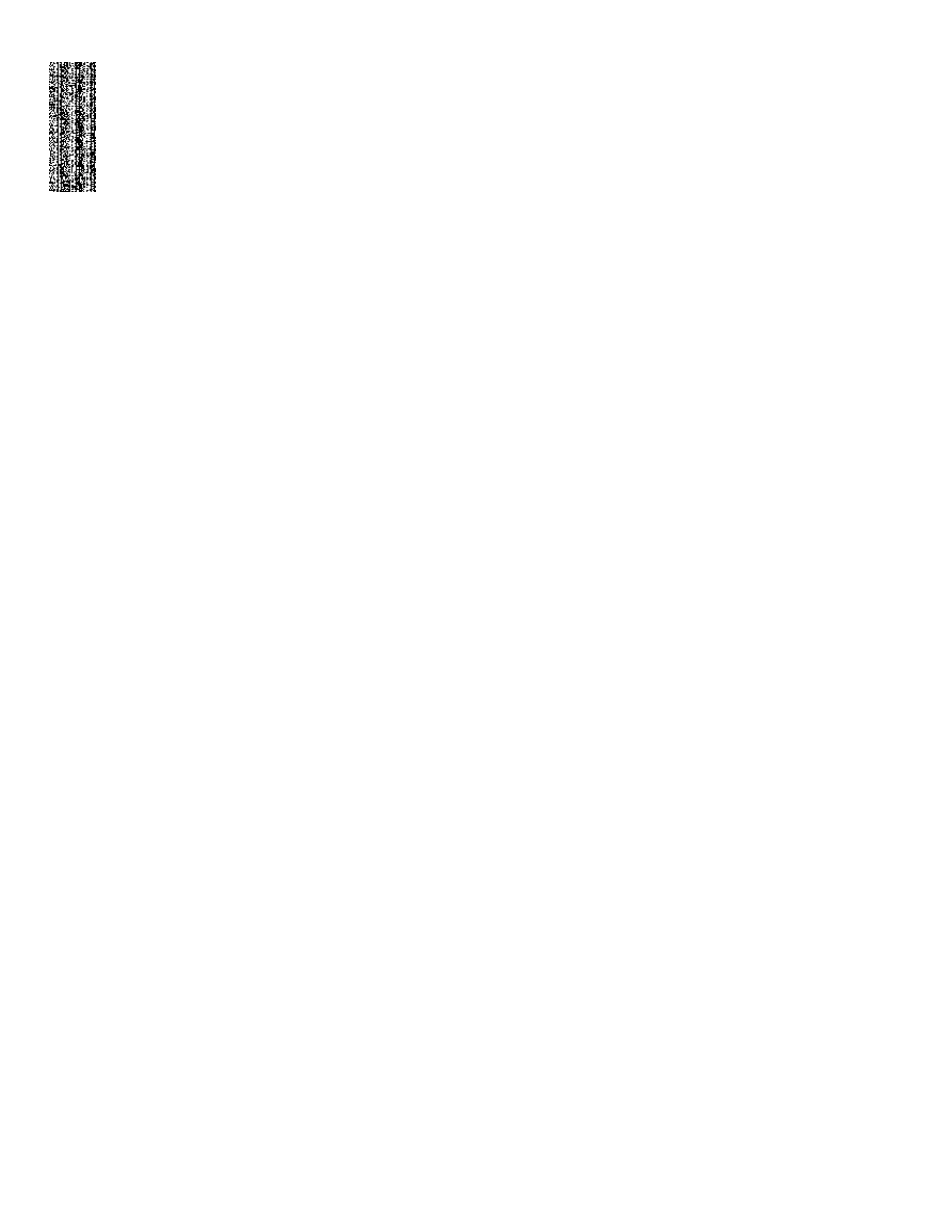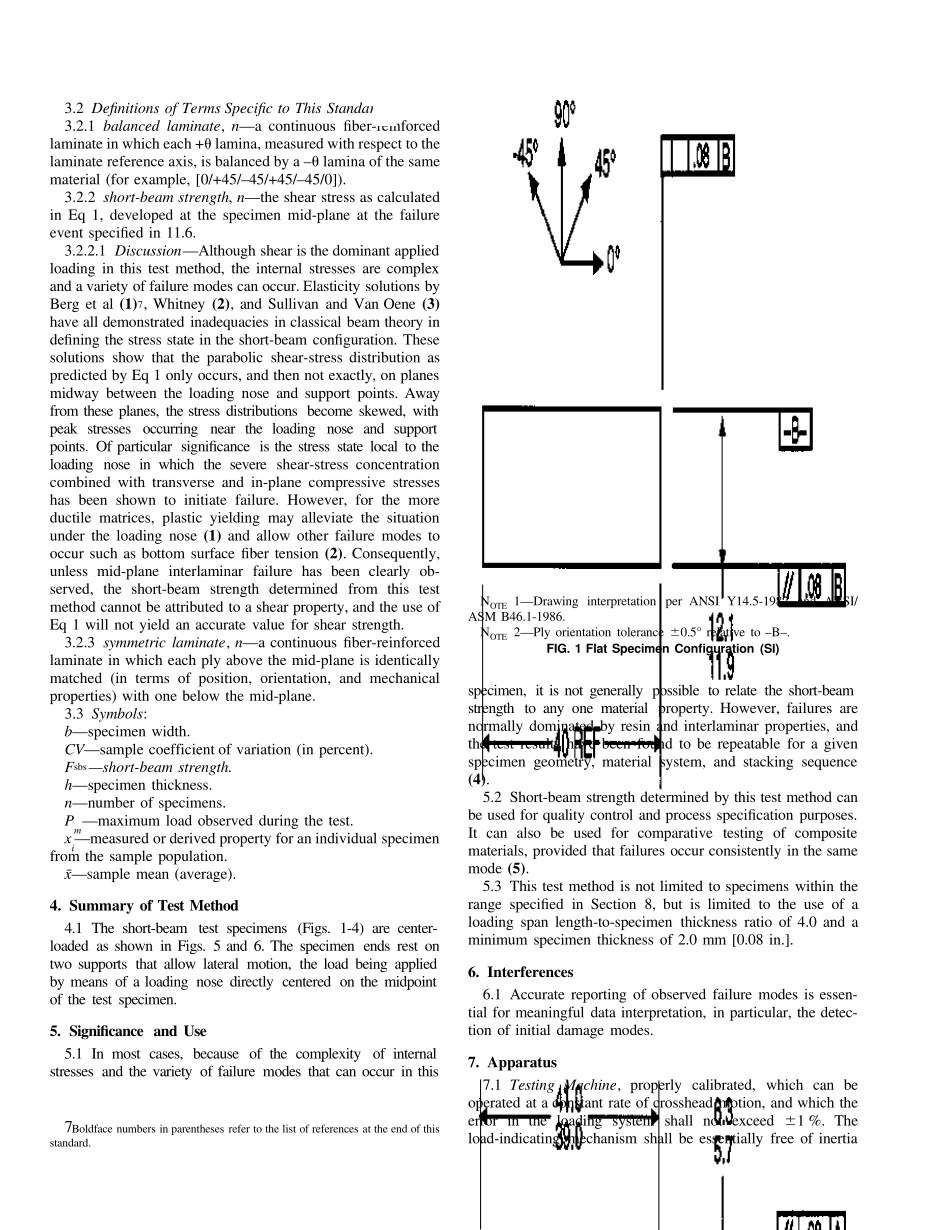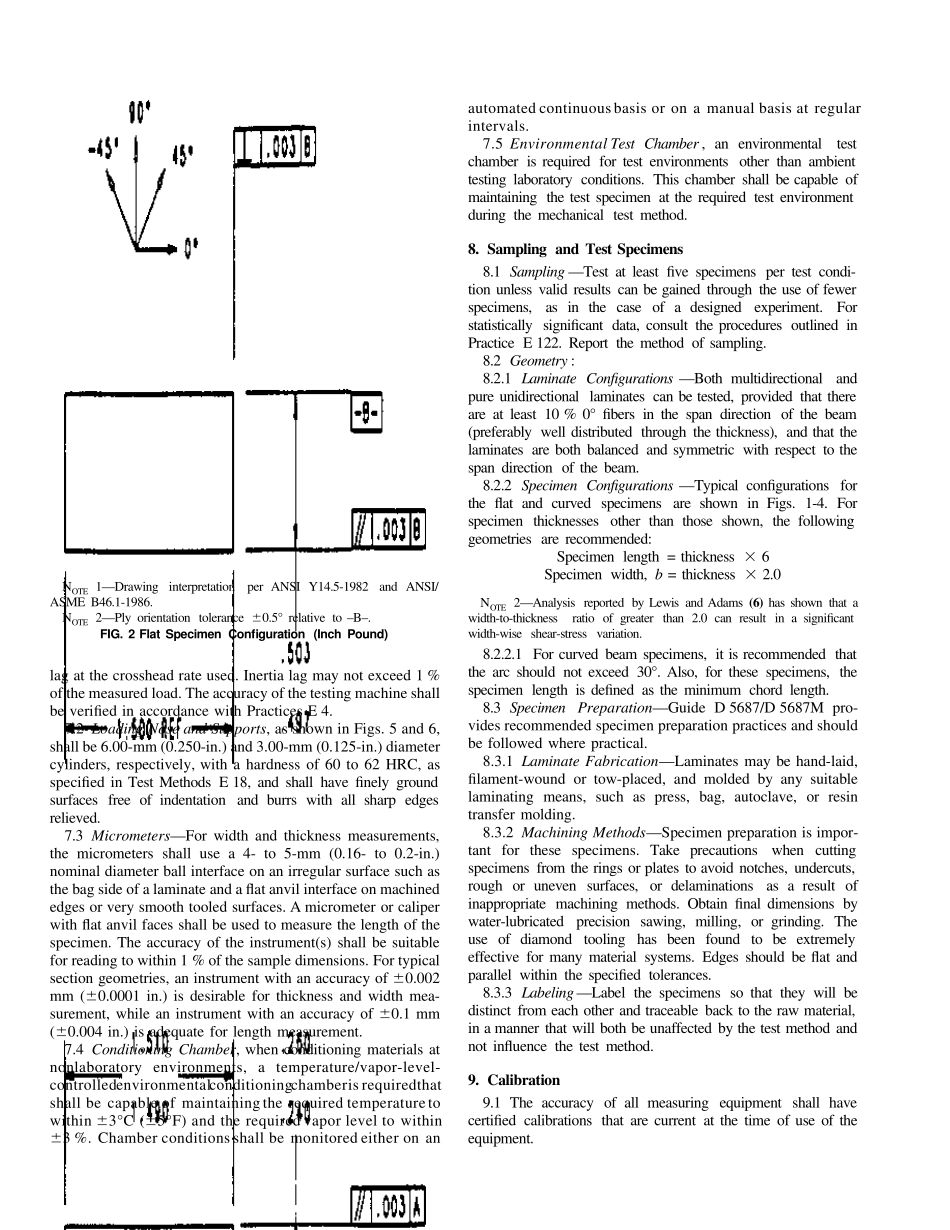3.2 Definitions of Terms Specific to This Standard:3.2.1 balanced laminate, n—a continuous fiber-reinforcedlaminate in which each +ulamina, measured with respect to thelaminate reference axis, is balanced by a –ulamina of the samematerial (for example, [0/+45/–45/+45/–45/0]).3.2.2 short-beam strength, n—the shear stress as calculatedin Eq 1, developed at the specimen mid-plane at the failureevent specified in 11.6.3.2.2.1 Discussion—Although shear is the dominant appliedloading in this test method, the internal stresses are complexand a variety of failure modes can occur. Elasticity solutions byBerg et al (1)7, Whitney (2), and Sullivan and Van Oene (3)have all demonstrated inadequacies in classical beam theory indefining the stress state in the short-beam configuration. Thesesolutions show that the parabolic shear-stress distribution aspredicted by Eq 1 only occurs, and then not exactly, on planesmidway between the loading nose and support points. Awayfrom these planes, the stress distributions become skewed, withpeak stresses occurring near the loading nose and supportpoints. Of particular significance is the stress state local to theloading nose in which the severe shear-stress concentrationcombined with transverse and in-plane compressive stresseshas been shown to initiate failure. However, for the moreductile matrices, plastic yielding may alleviate the situationunder the loading nose (1) and allow other failure modes tooccur such as bottom surface fiber tension (2). Consequently,unless mid-plane interlaminar failure has been clearly ob-served, the short-beam strength determined from this testmethod cannot be attributed to a shear property, and the use ofEq 1 will not yield an accurate value for shear strength.3.2.3...


